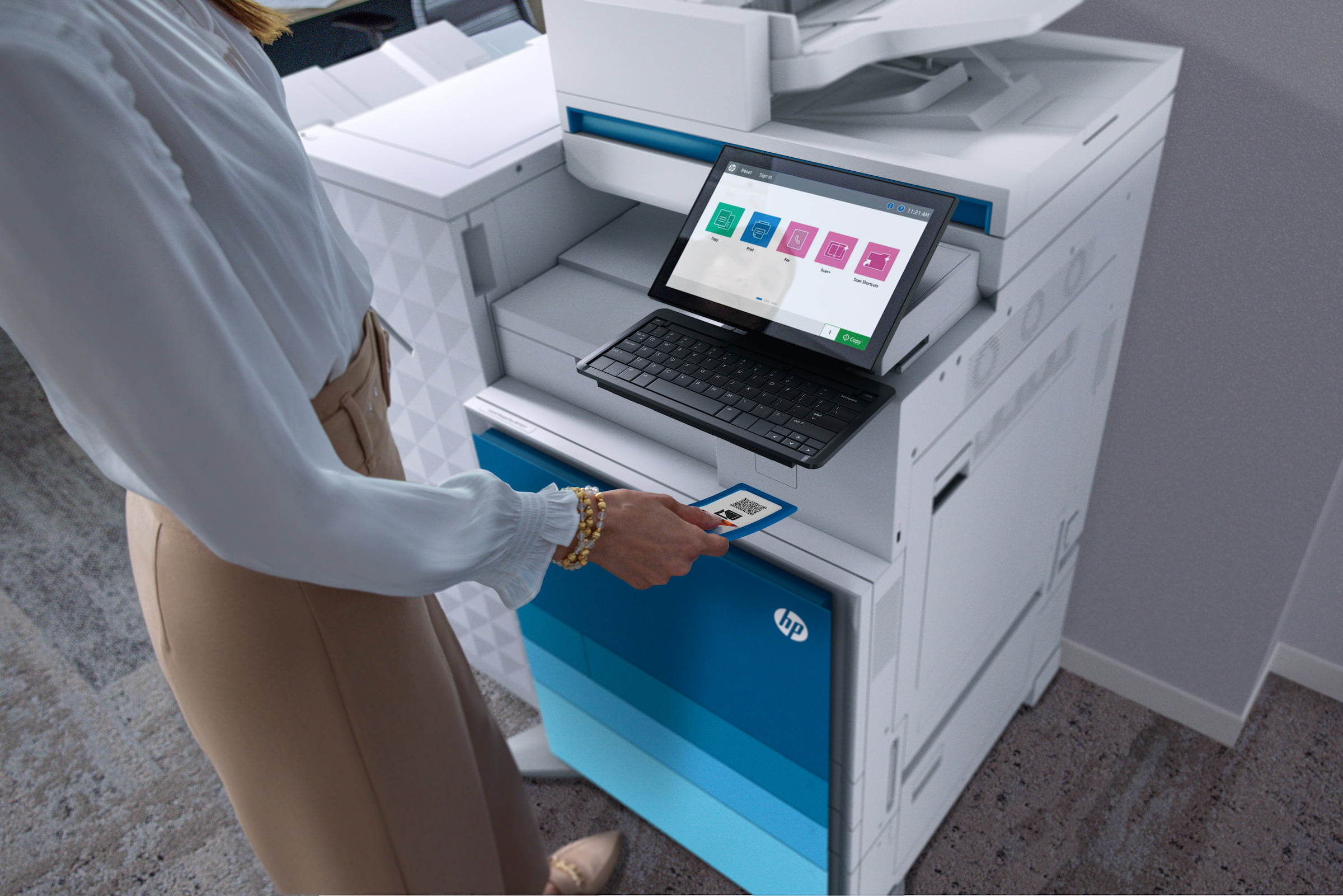No matter what industry or sector your organisation falls within, your ability to deliver a dynamic customer experience is heavily impeded if you handle your business documentation inefficiently.
In fact, though it may seem like a minor issue, inaccurate records and cluttered filing systems represent huge obstacles for your business, since they engender slow response times and miscommunication – serving only to frustrate both your customers, and your employees.
So how do you ensure these processes are efficient and precise? The answer, of course, lies in technology that minimises the chances of human error: namely, document automation.

Now, while document automation may sound like unfamiliar territory, it’s important to note that the technology isn’t exactly new. In fact, businesses within the automobile, manufacturing, distribution, and financial services industries have already generated significant efficiencies throughout their operations; as have public sector organisations across the healthcare, education, and government sectors.
But what are we referring to with ‘efficiencies’, specifically? Well, not only does document automation technology reduce errors amongst these organisations by 95% on average, but it also reduces total processing time by 85% - with a knock-on effect on the associated processing costs, which have dropped by as much as 65%.
These statistics paint a clear picture, and, by minimising errors near-universally, this technology allows companies to be more present and precise when delivering their customer experiences – since employees now have easy access to up-to-date information on demand. By the same token, turning document processing into an automatic process means that organisations are getting more value for their employee hours; rather than pay salaries for slow, less accurate, and frankly low-reward manual processes.
But how does document automation technology actually work?

While there are some variations of scale and method depending on your provider, document automation technology is essentially a natural progression of digitisation – that is, converting physical documents into digital files via scanning. Central to this is ‘digital capture’ software, which is able to extract key information from documents while it is scanning them.
As an example, consider a normal invoice. When scanning, this software will identify, isolate, and extract key data such as supplier name, items, quantities, unit costs, etc. – with the document automation technology uploading this information into your existing digital filing systems for your admins to check and approve.
This is obviously invaluable if your business handles many invoices on a daily basis, considering how much time it takes to manually process each one – whereas, through automation, potential hours of manual data entry can be reduced to mere minutes.
But just as invoices aren’t the only paper-based correspondence being sent to you, document automation can adapt to all kinds of document types. Now consider just how many paper forms you receive on a daily basis – all of which need to be processed and recorded in your company database.
Now imagine – each and every one of these incoming documents being scanned in a digital mailroom upon arrival, with all relevant data being captured and uploaded to your shared company database. Once verified manually, the document automation technology instantly distributes this data to the relevant folders and addressees; keeping your employees up-to-date, with completely accurate information right at their fingertips - and all in minutes, with barely a button pressed.

Armed with a constantly updating database to reference back to, your employees have all they need to deliver a responsive and personalised customer experience – a currency that is highly appreciated in an increasingly digital age, where personal convenience is near-paramount. Tapping into this not only enables your company to build a reputation for strong customer service – but also allows your workforce to feel confident, competent, and effective.
Ultimately - as with any technology - companies must assess its suitability to their situation before making any kind of monetary commitment. But there is no denying that the potential benefits of document automation technology are considerable – and will enable companies to set themselves apart in an ever-changing modern marketplace.
To learn more about digital transformation and process automation, contact us by using the form below.











































